Quest concluded: Boyhood home of WWII pilot found through poem
By John Burbridge, sports@charlescitypress.com
“The afternoon was perfect for a tramp. …”
That is the first line of a poem by poet and naturalist H. Clark Brown, entitled the “Paal Batab Pilgrimage.”
The late Charles City author likely could have never known how such a pilgrimage could span generations and hemispheres, and how his poem helped solve a mystery while giving the journey broader texture and lyrical reverence.
The story involves a World War II Charles City pilot and how his descendants and people from Italy where his plane was shot down, came together to tell his story and find his roots.
“It all started when she faxed me lines from this,” Floyd County Historical Museum collection technician Elaine Mead said of the annual “Christmas Greetings” literature Brown would send to family and friends.
Within the greetings was the poem dedicated to the memory of Paal Batab, the Native American-themed nickname of WWII fighter pilot and Charles City farm boy Loren E. Hintz, who was shot down and crashed to his death in a rural area just outside Budrio, Italy, during the final stages of the war’s European theater.
“She thought maybe this could help me locate the boyhood home of Loren,” Mead said of her correspondence with Gretchen Wronka-Hintz, Loren Hintz’s surviving daughter.
Last fall, Gretchen and her son, Hans Wronka, Hans’s wife Reva, and the Duluth, Minnesota, couple’s children Gus, Cecilia and Caspar, came to the Charles City area for their own pilgrimage to find said boyhood home.
It may have been another sunny afternoon “perfect for a tramp,” but after driving around for more than an hour though the rolling countryside with the gas gauge on the family SUV signaling empty, the search was postponed for another day.
“I have a feeling we’ve driven right by it,” Hans said at the time.
His words would ring true, as proven during a successful second attempt to locate the Hintz home last week on Monday, July 24.
Before finally finding the boyhood home, Hintz’s surviving daughter and descendants were lucky to find Mead, who had access to one of the copies of Brown’s poem and was familiar with the home’s likely surrounding terrain as her family owned a farm nearby.
“We followed that road that eastward led and came at last unto the railroad track,” Mead read while relating the passage chronicling the first part of the journey. “Then in the poem they come upon Loren’s school and the creek that ran behind it,” she said.
“That was a joy to all the boys who played/ At recess time when weather let them wade/ Or when the ice gave fun to skating hours.”
“We knew where Loren’s school was,” Mead said, due to someone recognizing the now residential home when a vintage photo of it ran in the Charles City Press. “So with a starting point and a map of the area, I began to outline the path according to what was written later in the poem.”
Brown’s pen name for the poem was “Tokaniya” — another Native American name. His companion during the pilgrimage was referred to as “Snow Heron” in the poem.
Paal Batab, Tokaniya and Snow Heron — whose actual name is unknown — were all members of the Woodcrafters, one of the precursors to the Boys Scouts of America.
Shortly after hearing of Hintz’s death, the two surviving “crafters” decided to walk several miles in his shoes, retracing a common path Hintz used to trek in his youth as a way to honor their friend. “Tokaniya” eventually documented the experience in free verse.
“Then up the road a little pace we went/ To see the gravel pit where many a time/ The boys has paused to search for agate gems. …”
A couple of lines later, the poem reaches Loren’s home.
“I was little nervous about showing up unannounced this morning,” Mead said about approaching LeRoy Rover, who owns the acreage where Loren Hintz … or rather “Where Paal Batab had spent his boyhood days.”
“But I wanted to make sure it was all right before they came into town,” Mead said of the Wronka family and an entourage of Italian aviation, archaeological and history buffs who were instrumental in the “Finding Loren” excavation project and anxious to see for themselves where Loren grew up.
“Fortunately, Mr. Rover was willing to have us come by,” Mead said.
On April 21, 1945, Lt. Hintz left his base in Cesenatico, Italy, with his squadron while piloting his single-seat P-47 Thunderbolt. The mission was to seek and destroy enemy guns near Bologna. Hintz was the last man in the second section of a four-ship formation set to attack ground targets and enemy gun pit emplacements.
It was the stage of the war where the allies didn’t have to worry much about enemy aircraft. The Italian Royal Air Force as well as the German Luftwaffe had been thoroughly decimated at that juncture.
“But there was still a lot of ground resistance,” Hans Wronka said. “They were in a desperate state, and they weren’t giving up without a fight.”
One of the mission’s likely targets was a large, multi-centuries-old palatial estate that served as a convent and hospital until the retreating Germans occupied it and set up their artillery and anti-aircraft guns within it.
The estate had taken a beating during the war, even the chapel sanctuary where children and nuns took refuge during aerial attacks in spite of the Germans positioning their guns and firing from that position.
Lt. Hintz’s team began to take flak with Hintz’s plane receiving the bulk of it. None of his mates saw him go down.
But an 8-year-old farm boy saw the crash — Aristide Chiesa, who also lost his grandfather that day due his family getting caught in the crossfire.
“My dog also was killed,” said Chiesa, who was part of the Italian entourage and was pleased he finally got to visit the boyhood home of the pilot who died nearly in his backyard.
“It’s a day that will always live forever in my mind,” Chiesa said through an interpreter. “To start from the beginning … to see where (Hintz) grew up, has given me such bigger understanding of the person I saw die.”
Other visitors making the trip (and pilgrimage) included Piero Fabbri and Marie Bonfini, the amateur archaeologists who initiated the excavation project at the Hintz site after seeking out the pilot’s grandson for the family’s blessing.
Other people involved in the project — Luca Mazzanti, Stefano Gherardi, Emanuel Roma and Tomas Battini — also made the “pilgrimage” to Charles City from Italy.
Though the ultimate fate of Loren Hintz was never disputed by his surviving family, until last summer’s excavation project the plane had never been officially found, nor had his body save for several charred bones buried at his gravesite.
Furthermore, Wronka said much of the Army Air Force records — including those from the Individual Deceased Personnel File — were likely destroyed in a fire at the Kansas City government warehouse in the 1970s.
The Italian excavation, which Hans, Gretchen, Riva, Gus, Cecilia and Caspar were present for and which was covered by multimedia platforms, yielded the plane’s engine and machine gun as well as Loren’s pocket knife and dog tags.
“When I held those dog tags … that was an emotional moment for me,” Hans said.
They also found bone fragments which DNA testing has since verified as Hintz’s.
For Hans, finally finding his grandfather’s boyhood home and traversing his stomping grounds was an ethereal moment.
“Coming from the suburbs, I’m struck of what it was like to live out in the open country like this growing up,” Hans said. “This place is beautiful, and it seemed like my grandfather and his friends had the imagination to make living out here a blast.”
Though Hans and his family were able to finally find Loren’s home — “I know we drove right by here last time,” Gretchen said of the tree growth that effectively hid the since-renovated white farmhouse and red barn — it wasn’t the end of the poem which concluded with one last stop: the since-demolished Ripley Bridge.
The Wronka family took turns reciting passages of the poem at appropriate junctures in the trip. Gretchen recited the last stanza at the site of where the bridge once spanned across the Cedar River.
“And we are glad we went. It did us good to go … Twas good he could be with us on this day.”

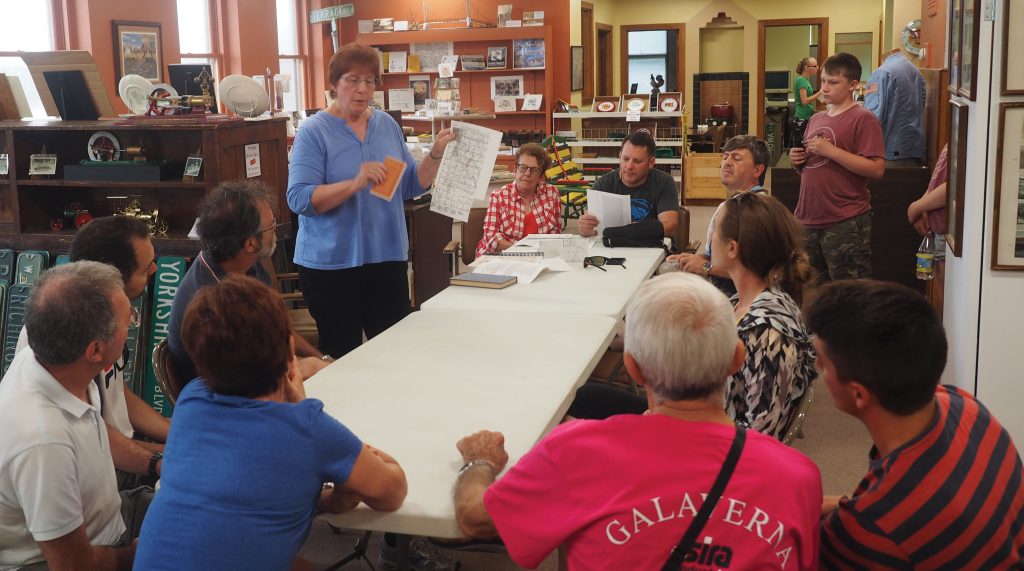
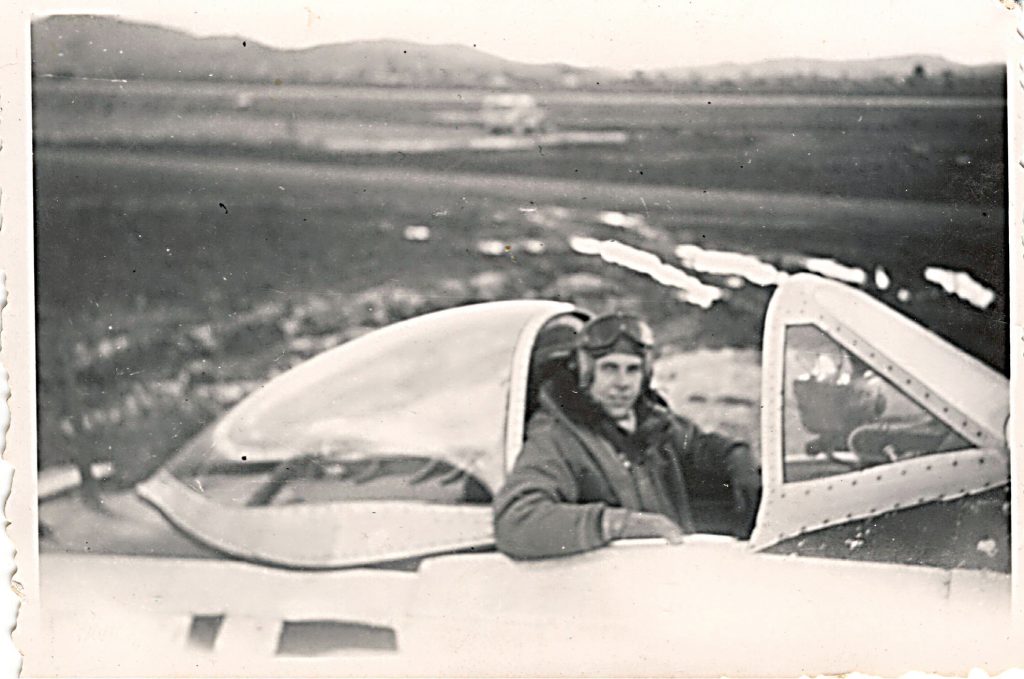
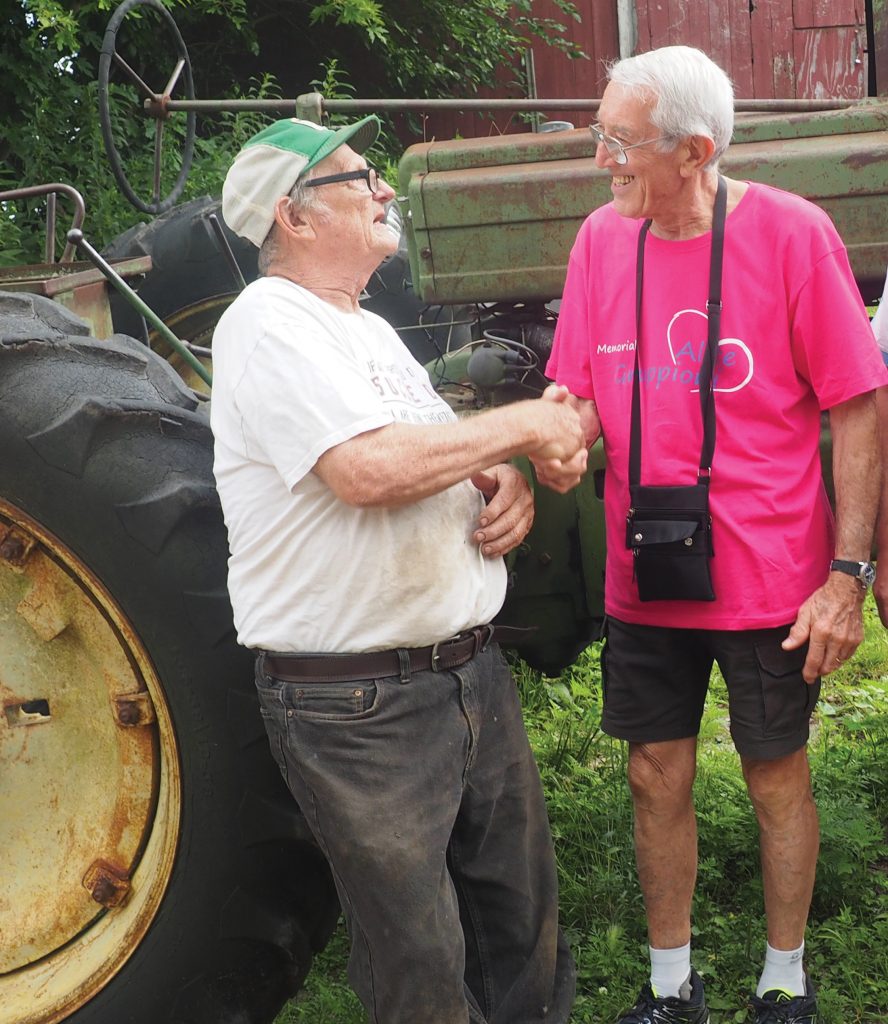
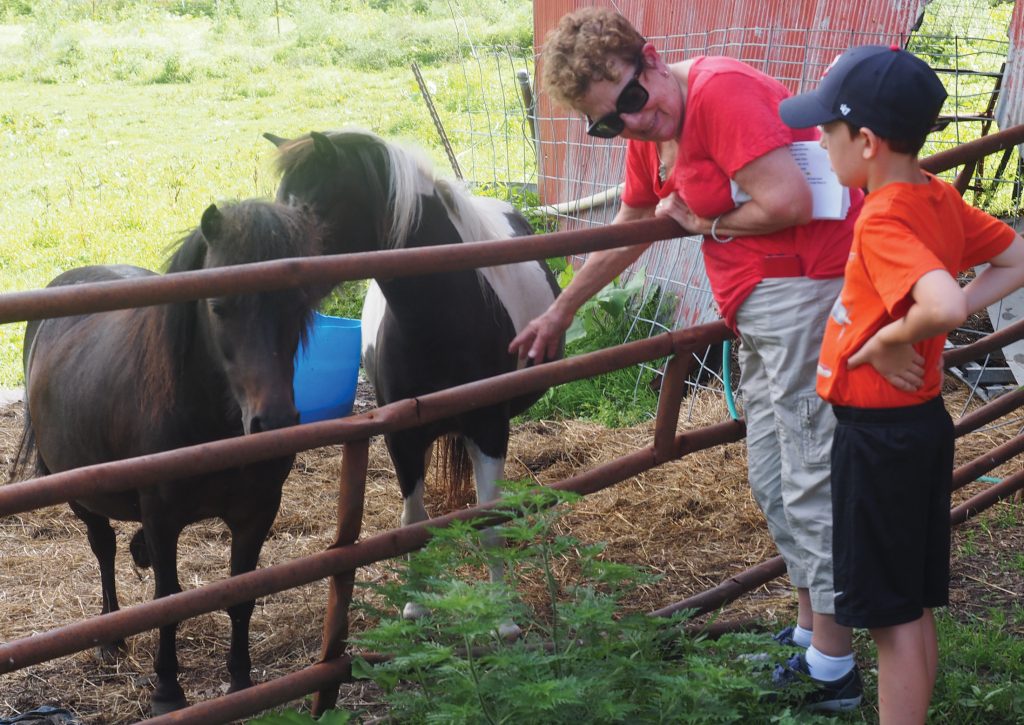
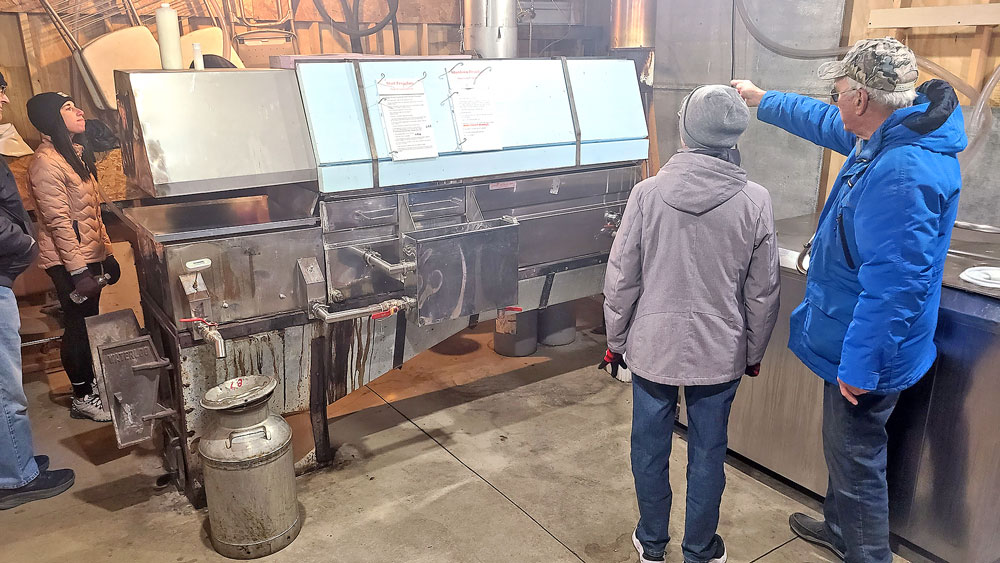

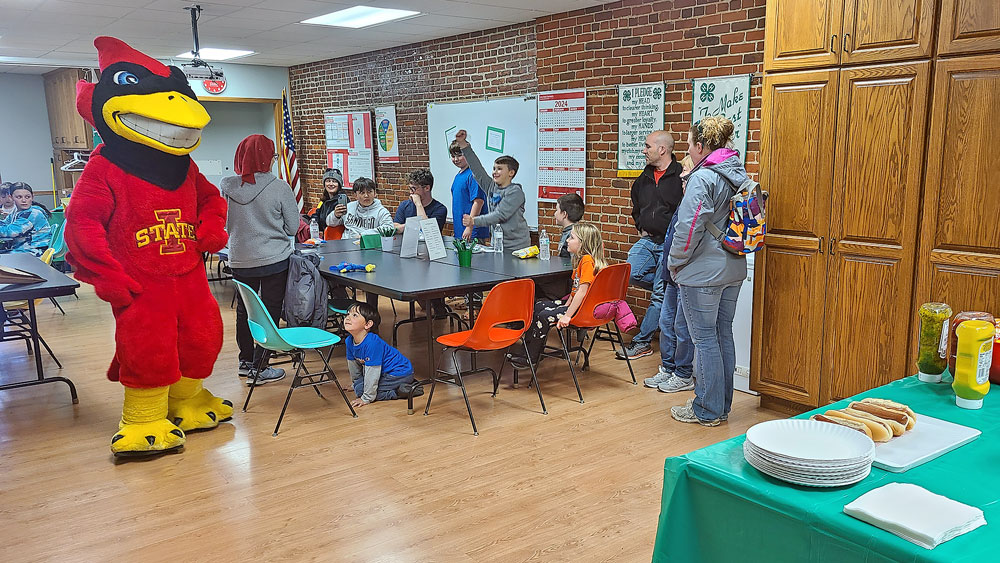
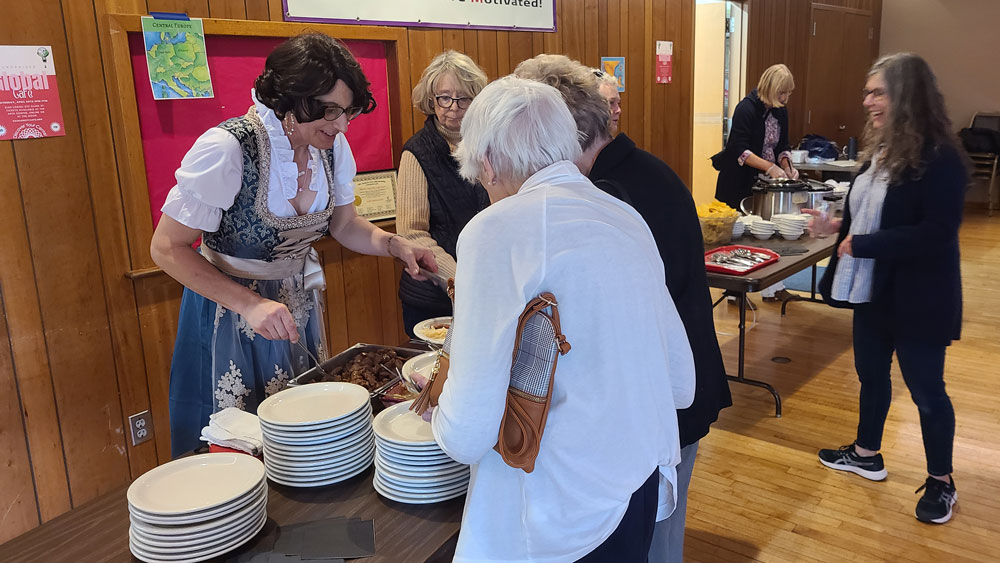
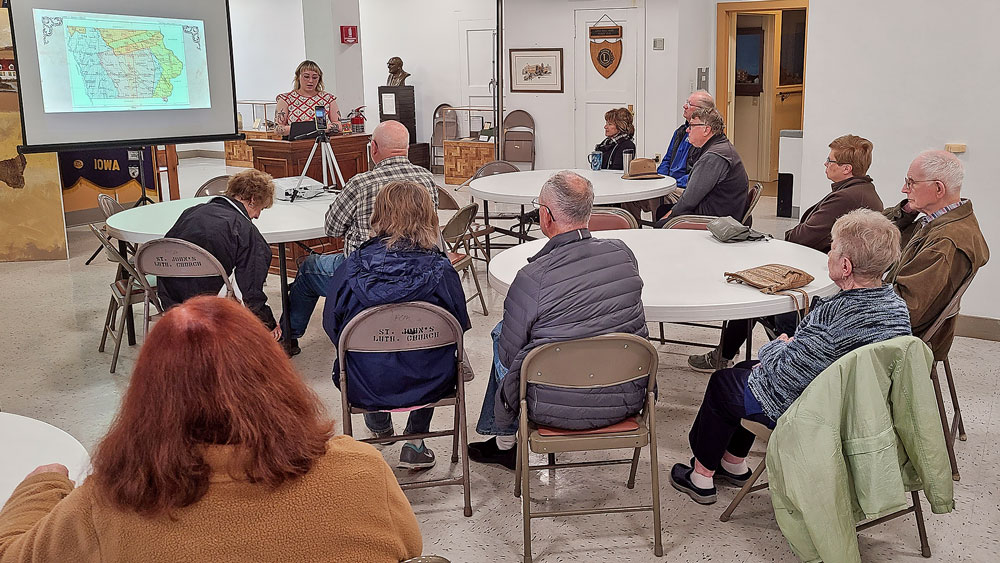
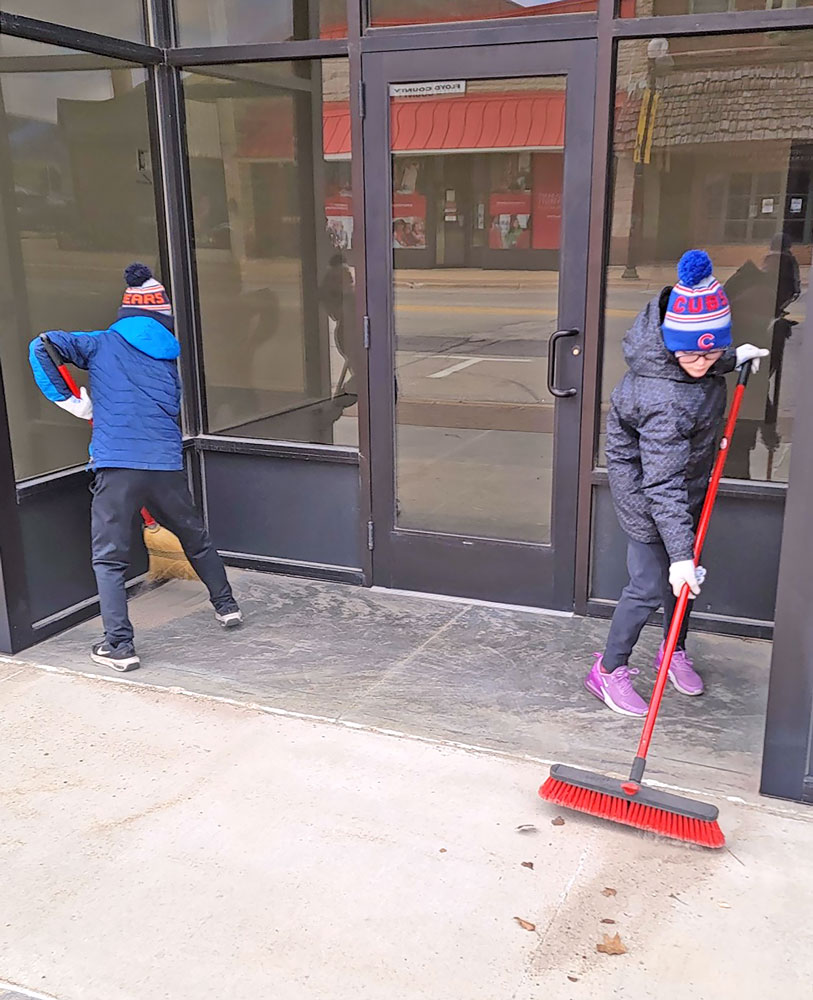


Social Share